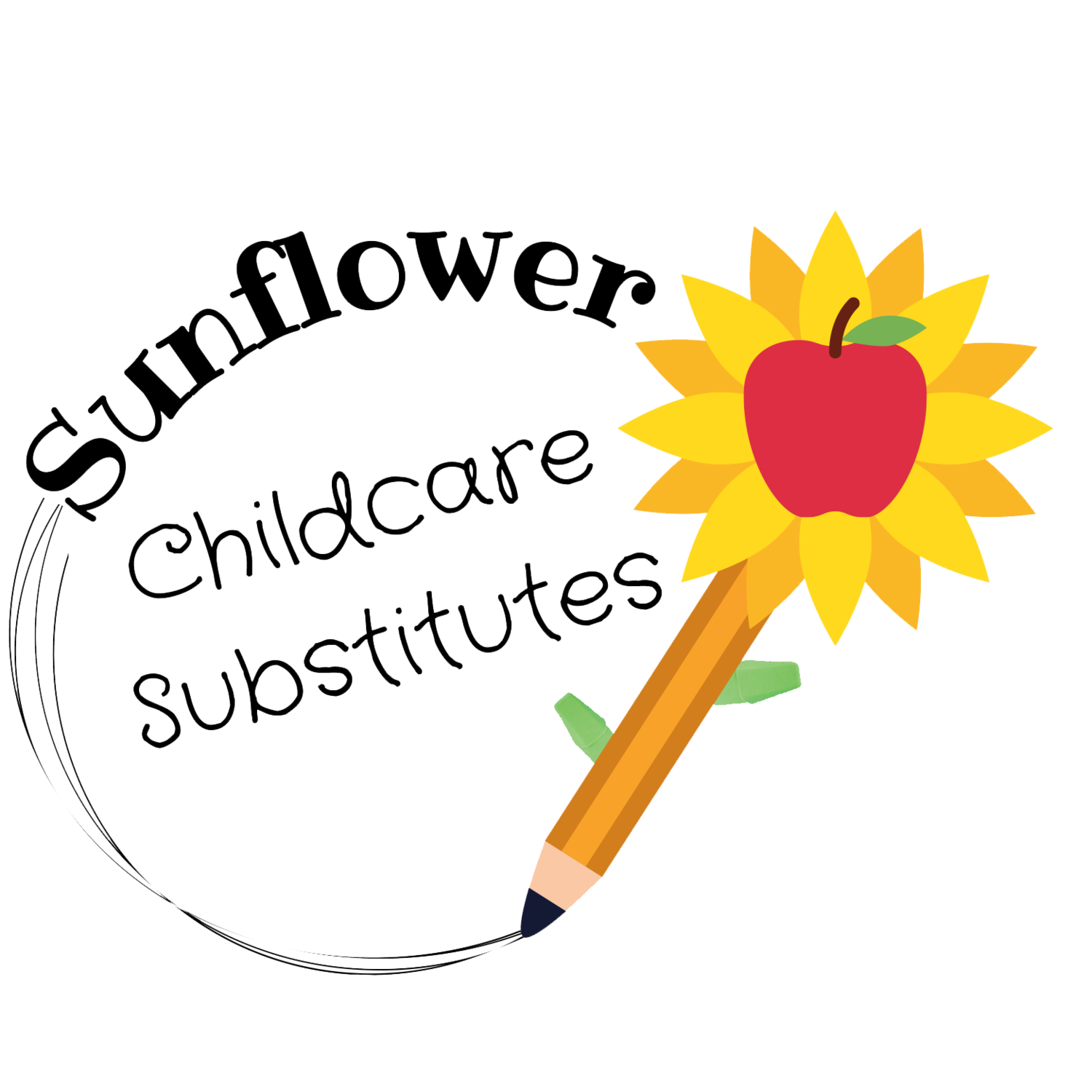5 Ways to be Inclusive During the Holidays
December brings a variety of celebrations across the globe depending on your culture and family traditions. A lot of the time in American classrooms, you will see decorations or crafts of Santa, reindeer, and presents, but not much else. As a society, we are (finally) moving towards a mutual understanding that we need to be more thoughtful when it comes to others who may not hold the same beliefs and traditions and learn more about them so we may celebrate with them respectfully. Through research or conversations with child care and daycare educators, here at 6 ways you can ensure you are being inclusive.
1. Ask Them
It can be awkward to ask the week of a holiday gathering, “So what do you celebrate?” or “are you comfortable with...” When a staff member or a new family starts at your school, take the time to ask about any beliefs, food restrictions, and traditions. If you go into the relationship ready to learn and understand the family on this personal level, you open the door to grow and learn together. Documenting specifics will help you and others better understand how to proceed in the future.
2. Invite Feedback
Once you plan activities, celebrations, and decorations, ask for feedback. A parent group at your school may be a good place to start if you don’t want to ask on an individual basis. Before you do all the work of hosting the party or putting up decorations, explain your plans and ideas to the group for review to make sure all intentions are shown as well received, and no mistakes were made. You will not get it right the first time but going in with an open mind and open to feedback, you will have a successful celebration as a community.
3. Focus on the Season
If you prefer to not celebrate any holidays, focus on the season in which celebrations usually take place. In winter, you can have classroom parties or group gatherings focused on snow and all the fun that comes with it. Depending on where you are located, you could do a sledding day or snowman building contest, snow painting, or build an outdoor fort. If you’d rather say warm, set up a hot chocolate bar, make snowy themed crafts, decorate winter hats, and read books like The Snowy Day.
4. Offer Flexibility
If you are unsure of when to allow a family or staff member off for their holiday, offer flexibility with a floating holiday. This allows students and their families, as well as staff, to take time off to participate in their cultures and traditions without being forced to take leave without pay or pay for a day they aren’t there.
5. Represent Diversity
Representation in a child’s learning environment is very important. You need to provide books that are on display and easily accessible to the class about varying cultures, traditions, and family systems. Encourage teachers to sit with the class and read these aloud and ask questions. Also, multicultural dolls with appropriate clothing, games and activities from other cultures, and general conversations about inclusion is just as important. These are things you can do all year round, not just the seasons of celebration. One of our partner centers reads books and uploads them to YouTube for all to enjoy- Check them out!

